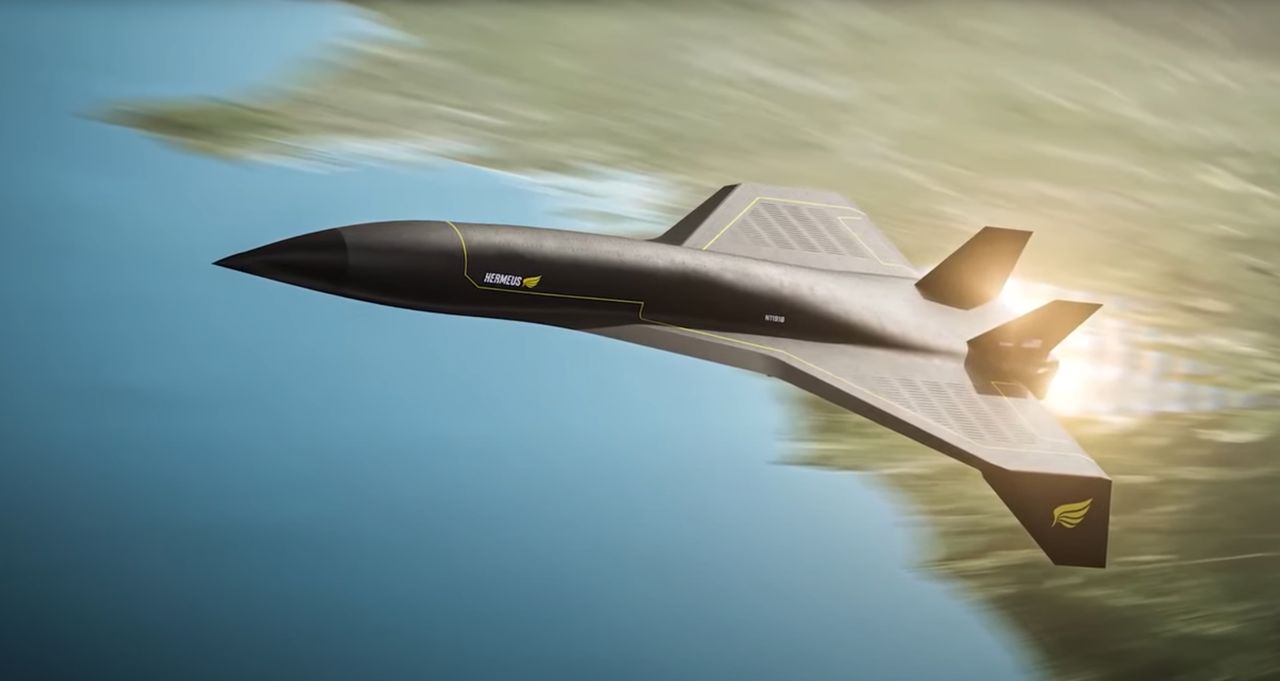
Velo3D published a video that exemplifies the ways 3D printing is changing the world.
The California-based company produces a line of precision metal 3D printers that are favored by the aerospace industry, likely because Velo3D’s technology almost removes the need for support structures. That vastly simplifies the post processing requirements for parts produced on those systems.
The video focuses on one of their clients, Hermeus, an Atlanta-based company that is attempting to develop a supersonic transport aircraft.
Supersonic aircraft are all over the skies today — but carrying military logos. There are no commercial airliners aloft that can exceed the speed of sound.
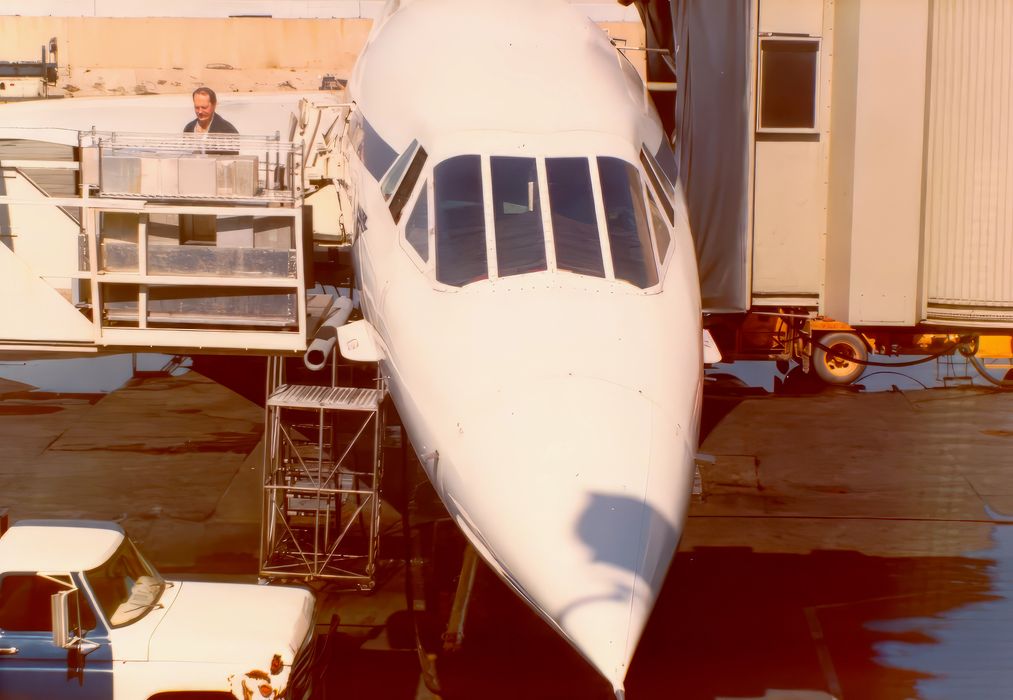
There was once such an aircraft, the beloved Concorde, which was able to hit Mach 2.0, twice the speed of sound. At that speed, the Concorde could travel from New York City to London in less than 2.5 hours. I know this personally, as long ago I once traveled that very route on a BA Concorde SST.
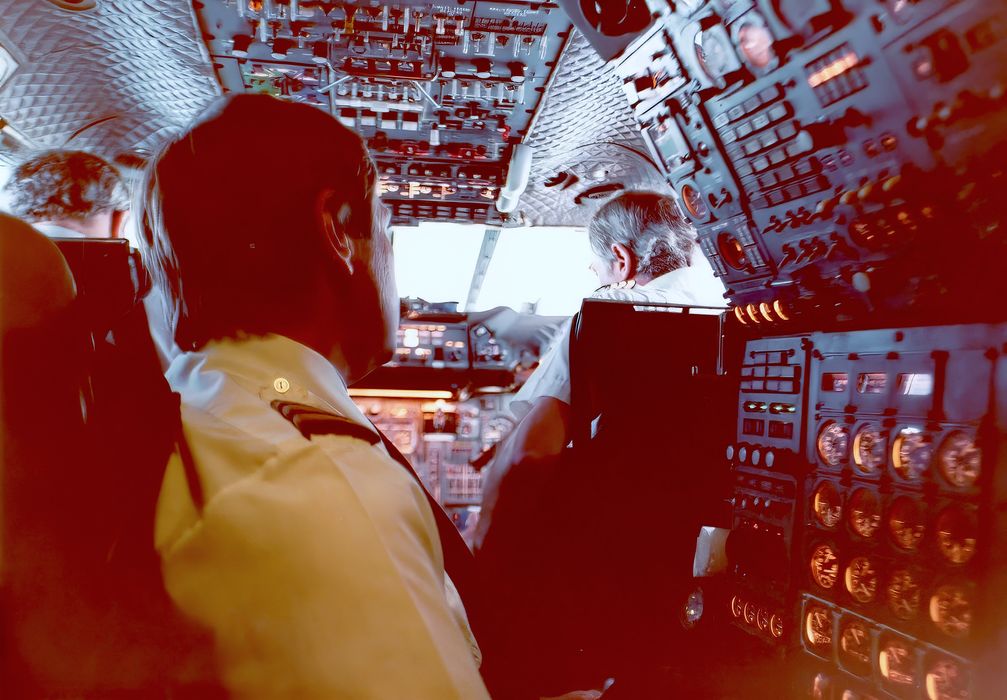
The video explains that we have been without commercial supersonic travel for over two decades since the retirement of the Concorde. The problem has been technology: even though Concorde existed, it was never financially viable, even with the extraordinary prices required to buy a ticket to board the aircraft.
Things are changing, however. The video points out that a number of aerospace industries are sparking to life and overcoming decades-long technological barriers through the use of today’s advanced tools. These include machine learning, advanced material science, embedded high power computers, networking, and, of course, additive manufacturing.
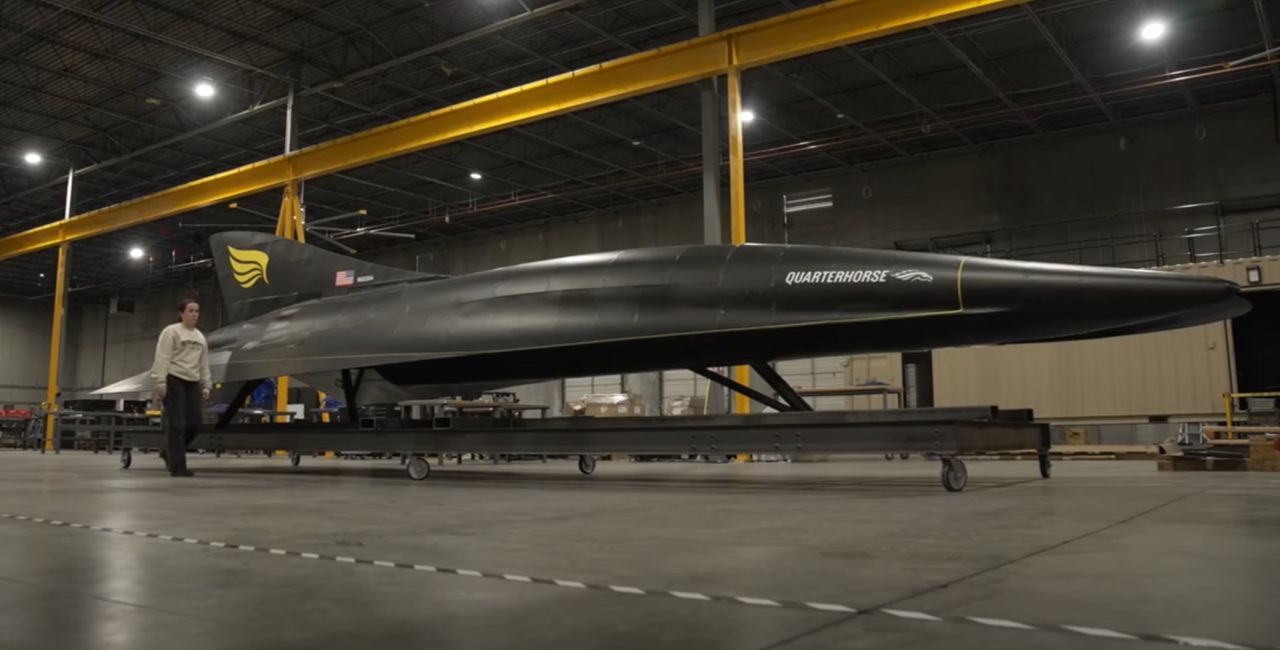
AM — and advanced software — allows companies to produce parts with geometries that would impossible to even imagine years ago. This allows engineers to explore new solution spaces that can address some of these long-term challenges.
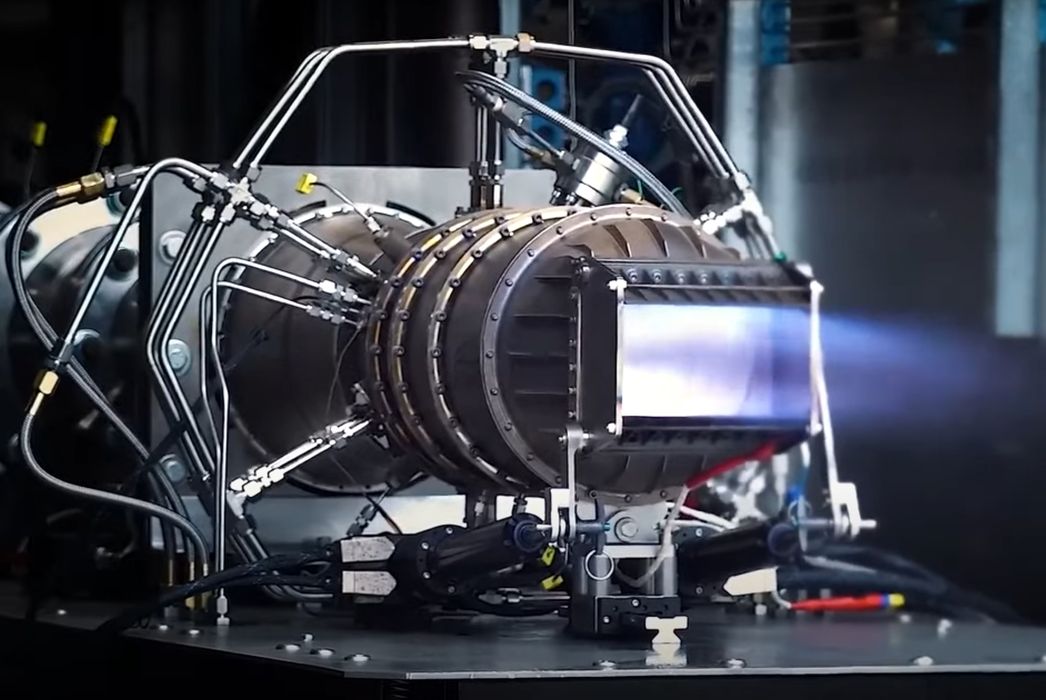
Hermeus is using many of these new tools to create their hypersonic design. There are many engineering challenges to overcome, but they’re hopeful they can succeed, and have even built a prototype aircraft to prove out their technology.
I’m hoping they succeed.
Is this just another AM application? It is, but it’s really more than that. It represents an example of how these crazy technologies we’ve been following for years are slowly seeping into society and starting to truly change how we work and live.
Imagine being able to travel to places at hypersonic speeds, where you could be on the other side of the planet in only a couple of hours. Would that change how people work, live and play?
I think it could, and part of the credit goes to additive manufacturing technologies.
Via Velo3D
